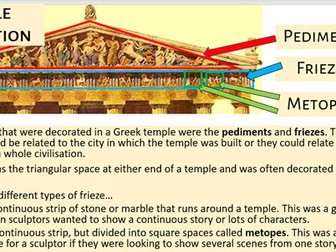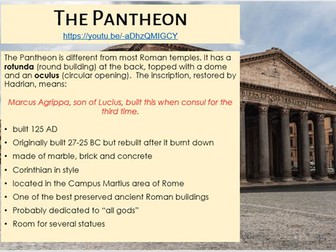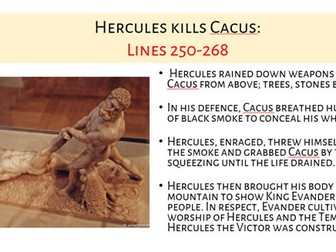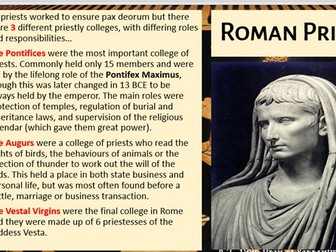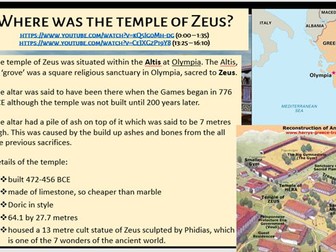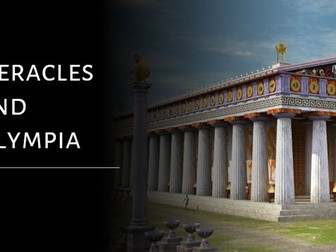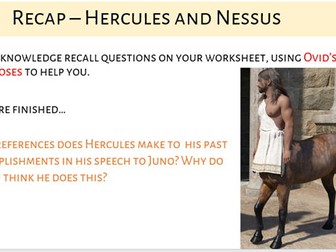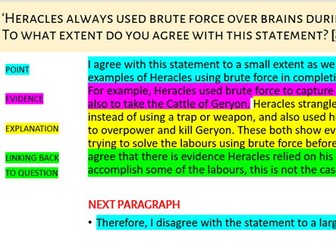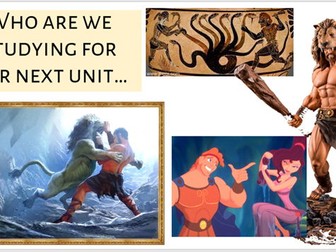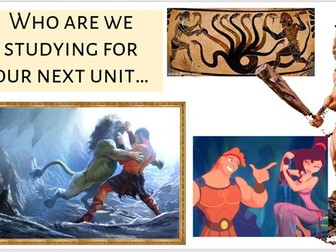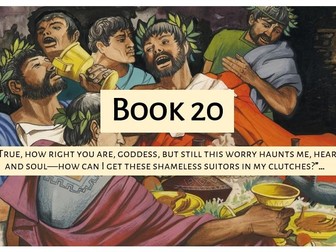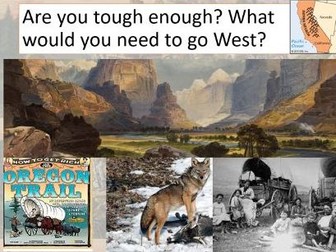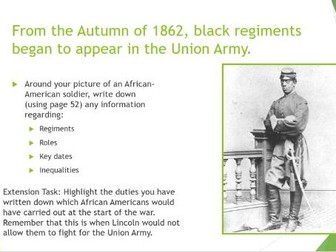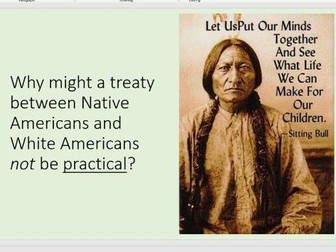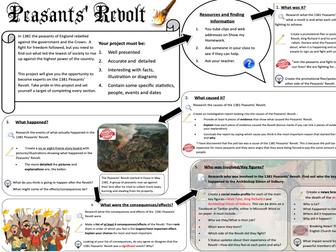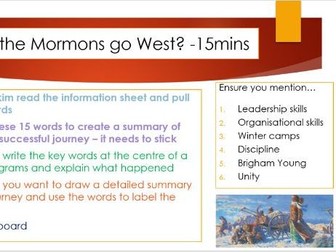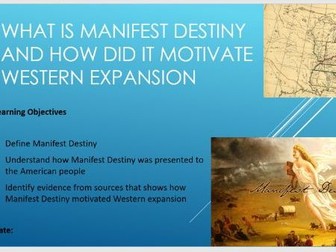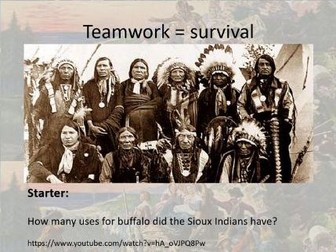
Myth and Religion - Unit 3, Lesson 1: Introduction to Temples
KS4 lesson for Unit 3: Temples, in Component 1: Myth and Religion, of the OCR Classical Civilisation GCSE. The lesson objective is to introduce temples, their context, key terminology and architecture in ancient Greece and Rome.
Accessible for all ability groups and the resources are easily differentiated for more and less academically able students.
This lesson includes…
An introduction to temples, focusing on their context and architectural significance, with a video to support.
A study of the layout of Greek and Roman temples, with emphasis on keywords and how the two civilisations compare.
A comparison of architectural frieze style, with visuals to support.
A creative plenary, using key architectural elements.
